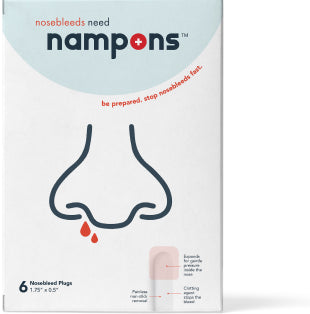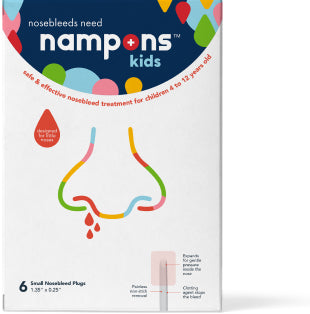Broken noses are very common and account for more than a third of all facial injuries. They usually heal without medical intervention but may require surgery in extreme cases and pain management can also be prescribed while the injury heals.
In this guide, we’ll take a closer look at broken noses and discuss the symptoms, causes, risk factors, and more.
What are the Causes of a Broken Nose?
Any type of facial injury can cause a broken nose, also known as a nasal fracture. The force of the injury can break the bone or cartilage, and more often than not, these injuries occur alongside other facial injuries, including damage to the lips, cheeks, and eyes.
The majority of broken noses are the result of trips, falls, and direct impact, such as resulting from a car accident, walking into a wall/door, or being hit in the face. They are more common in contact sports, including boxing, MMA, and football.
In fact, soccer and basketball account for some of the highest rates of nasal injuries in sport. They are generally considered to be non-contact sports, but the athletes also don’t wear protective head guards or helmets and they are exposed to flailing elbows and clashing heads.
Players can also break their noses after falling, being kicked, or having a ball kicked/thrown in their face. Team USA player Clint Dempsey broke his nose during the 2014 World Cup, and Premier League players like Vincent Kompany and Harry Kane have also suffered through this injury.
What are the Symptoms of a Broken Nose?
A broken nose is not something that happens without your knowledge. It generally follows a heavy and painful impact. However, it’s possible to be hit in the face and to feel a lot of pain without actually breaking your nose.
If you’ve been involved in an accident or collision and you suffer from intense pain, look out for the following broken nose symptoms:
- Bruising around the nose and eyes
- A nosebleed
- A crooked or bent nose
- A grating noise or uncomfortable feeling when you move your nose
- A lot of swelling
- Blocked nasal passages
If you have a heavy nosebleed that is showing no sign of stopping, or you have problems with breathing, you should seek medical attention. You will also need help if your nose is seriously misshapen, as it may need to be put back in place—never try to do this yourself.
It’s especially important to seek medical attention if you feel nauseous, dizzy, or have suffered any damage to your neck. In such instances, you may have a serious neck or head injury.
High-Risk Groups
Athletes, particularly those who play contact sports, are the highest-risk group for broken noses. However, children and older adults are also more likely to break their noses due to weaker bone density. It’s important to make sure children are wearing protective equipment when they play combat sports.
Diagnosis and Treatment
A doctor will perform a physical examination to determine whether the nose is broken or not. They may ask that you return after the swelling has subsided so they can assess the damage and they may prescribe painkillers to help you until then.
If there is no accompanying neck or head injury and the nose is not badly bent out of shape, it can be treated at home using pain killers and cold compresses. This will help to reduce the swelling and ensure that the pain is properly managed.
A nosebleed can be managed by leaning forward, pinching the soft part of the nose, and waiting for 5 to 10 minutes for the bleeding to stop. Many individuals who are prone to nosebleeds and broken noses will benefit from keeping a pack of Nampons on standby, as they help to quickly stop the bleeding.
Should medical intervention be required, surgery may be performed, including septum repair, nasal realignment, and splints. Surgery needs to be conducted within 1 to 2 weeks of the injury, so it’s important to seek medical care as soon as you can.



